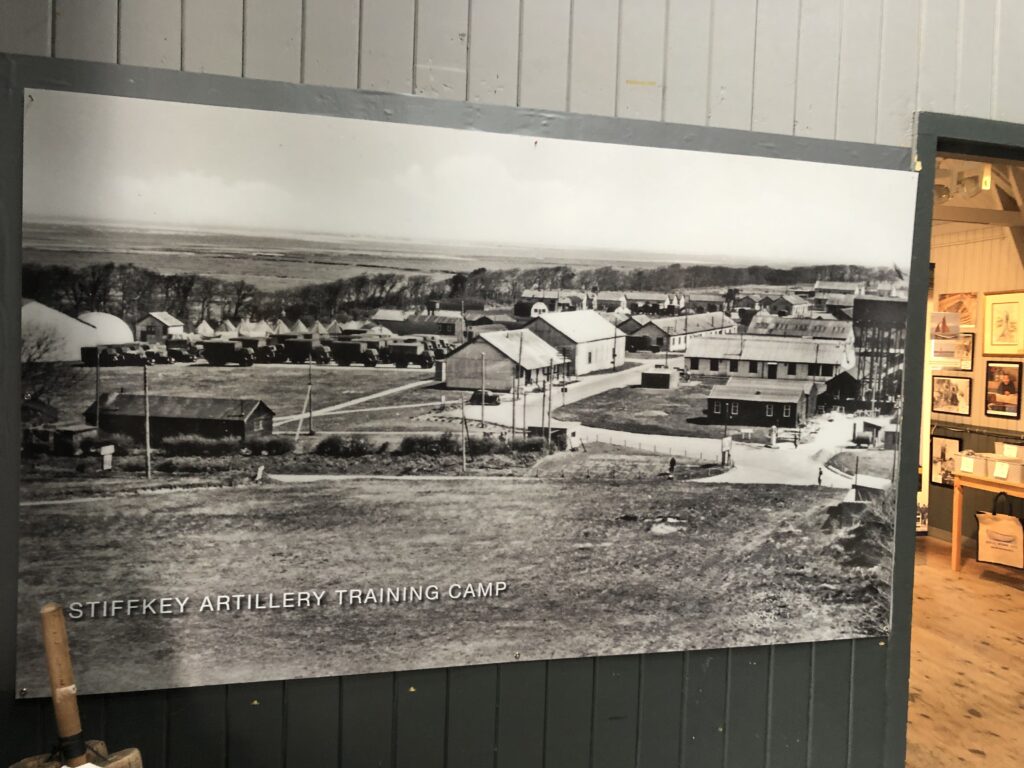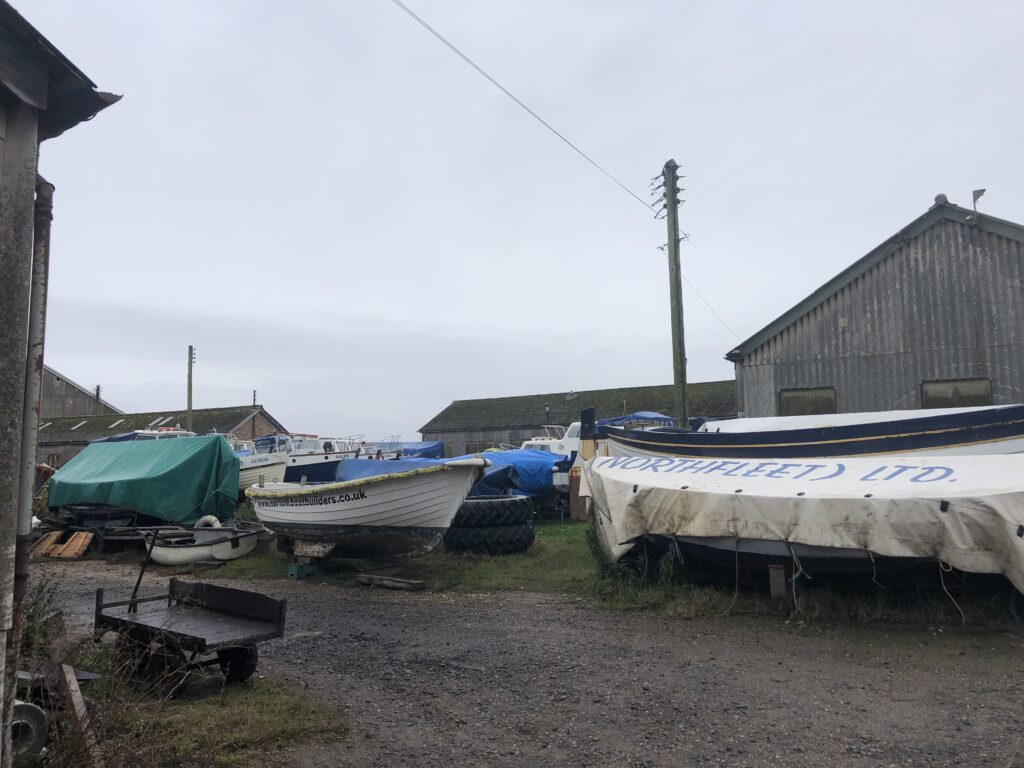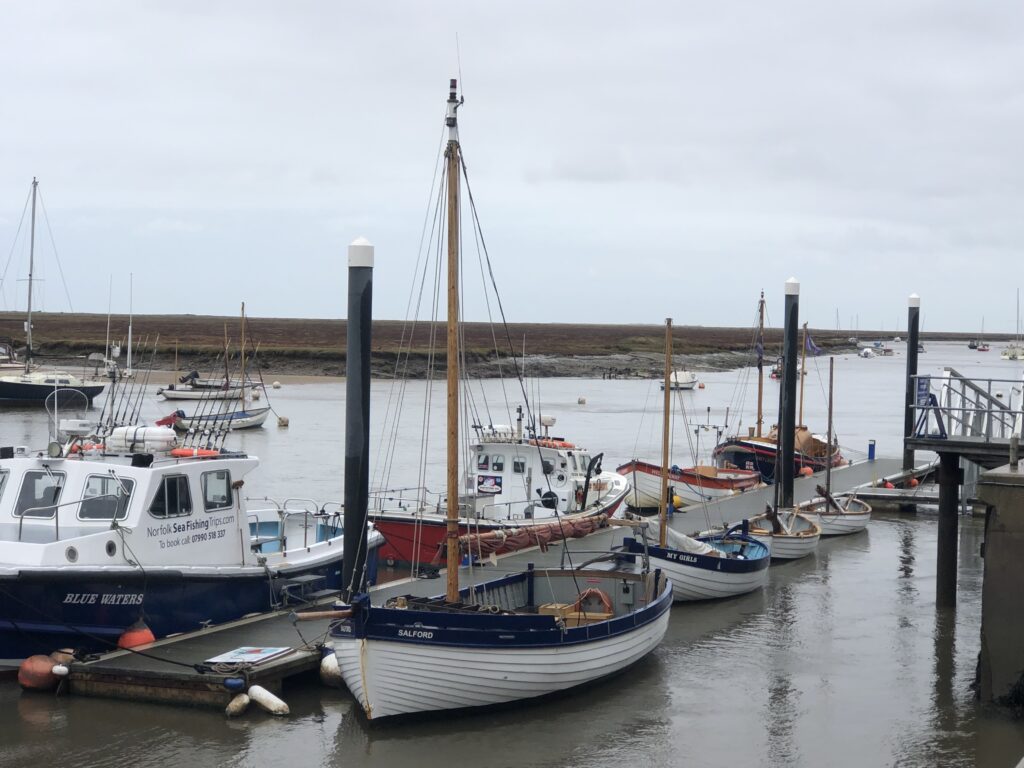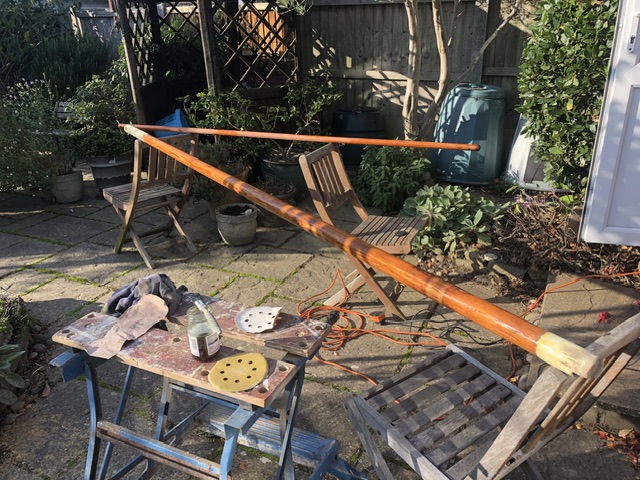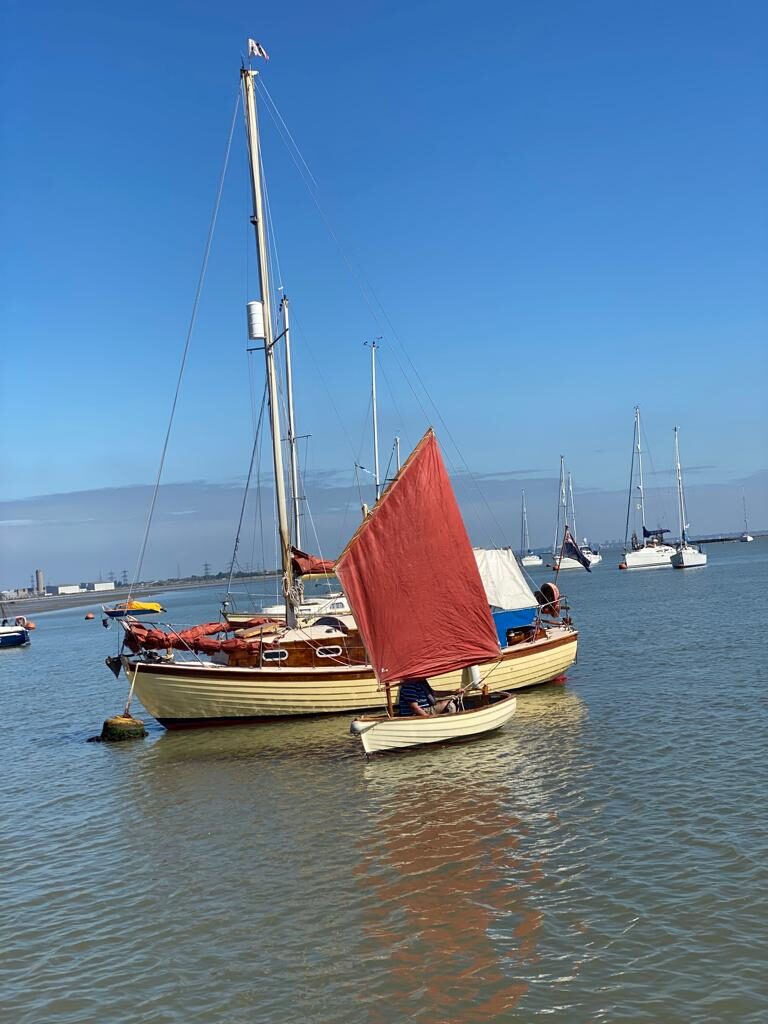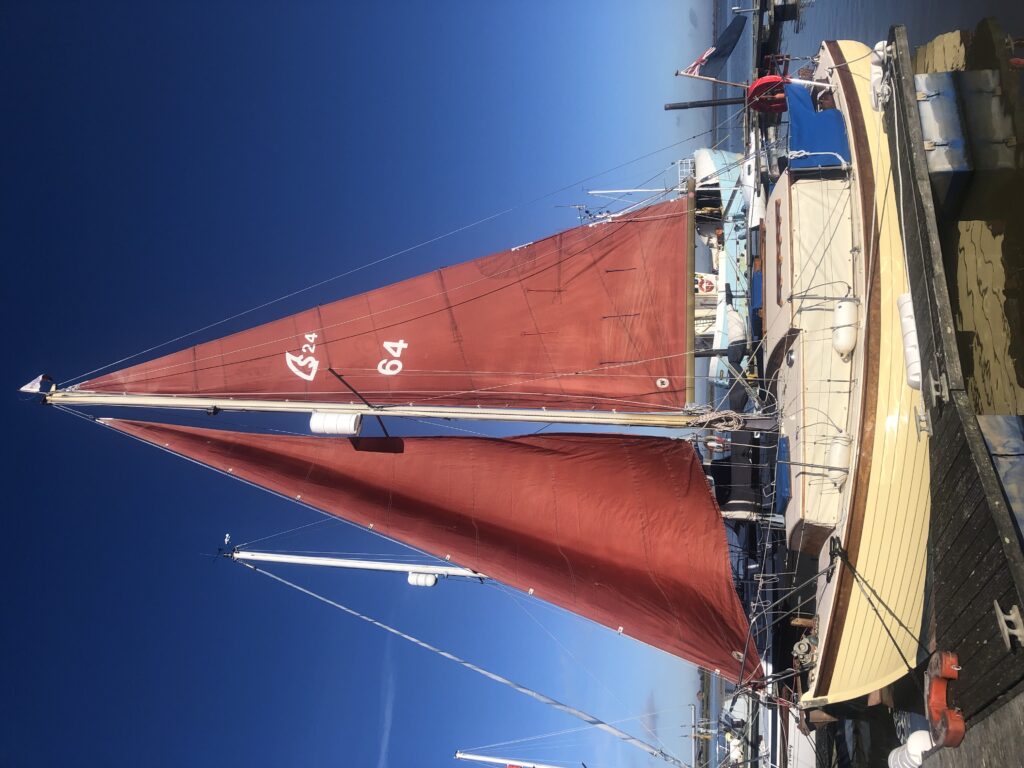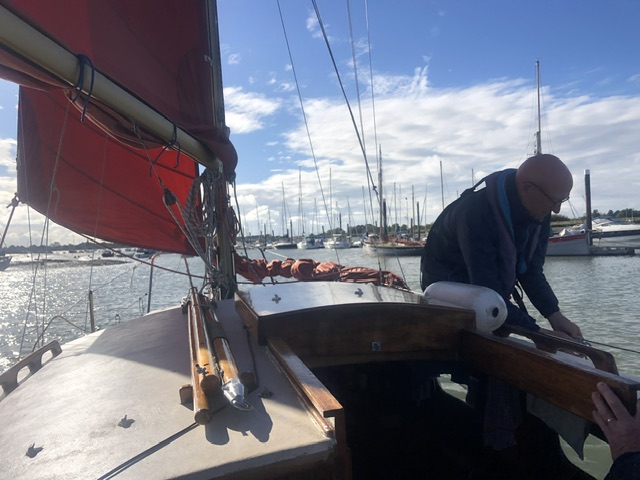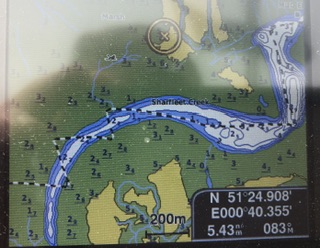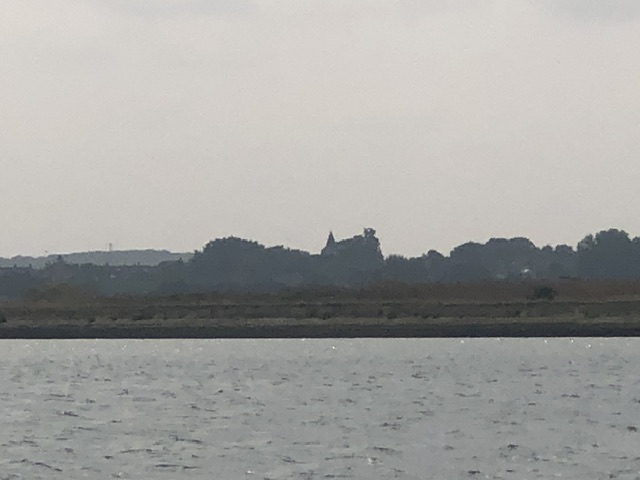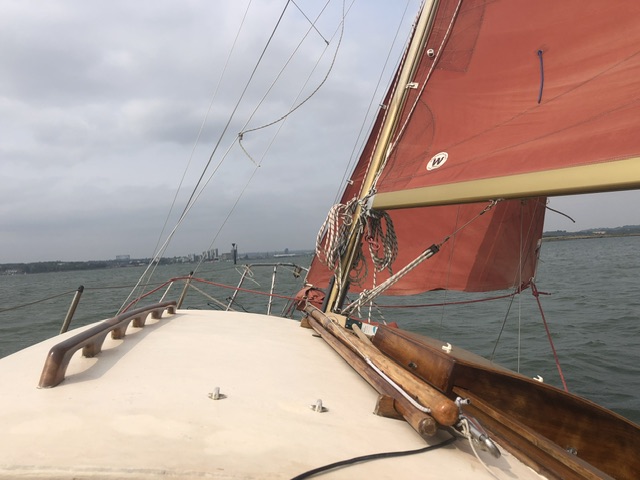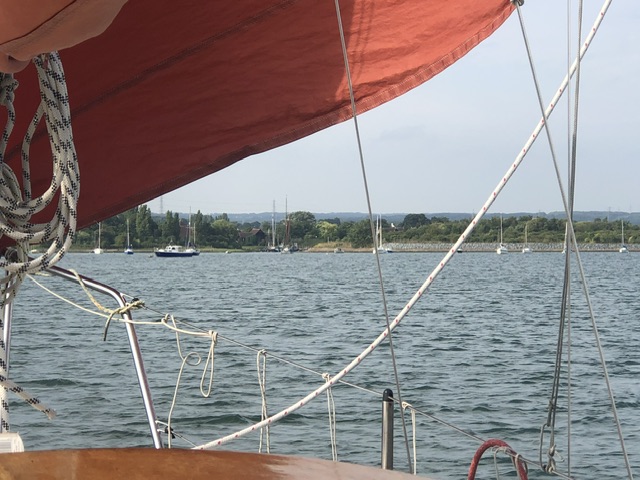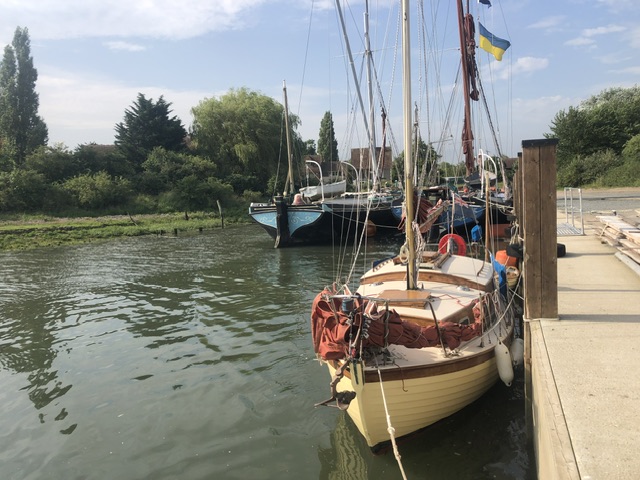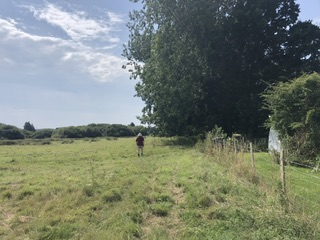Ditch-crawler wonders if conservancy fees will spread further?
There are many areas where a conservancy fee is ‘normal’ such as the Broads, inland waterways and river areas above the tidal limits such as the Thames and Medway in the south, but this news in the link below of what Peel Ports Clydeport wish to do is a bit of a shocker, or is it?
See:
The area ‘given’ to the Clyde Authority as it was instituted was very large indeed. It encompasses all waters from Kintyre peninsular to the Ayrshire coast, including the yachting centre at Troon. The private port owning company, Peel Ports, own this now and they have come up with a proposal to make a charge on all boaters within their domain.
It is the size of this domain with its far reaching tentacles that is infuriating boaters and others.
The proposed charges are within those levied down in England, on the River Medway in Kent. Circa £80-£100 for pleasure craft, annually. Note furor over the 2025 increases outlined below!

Something amongst the ‘stink’ of complaint seeped into my consciousness: there are conservancy fees around the United Kingdom.
Many coastal and river harbours are either privately owned, run by trusts or are instituted authorities. Some moorings are charged for, some not and anchoring is free. Fees are paid for marina style berthing and within that charge is generally an amount that is ‘a licenced fee’ which goes to whoever.
Down on the Thames estuary area of the eastern coast of England there are river fees in some areas, not however on the lower Thames waters below tidal limits.
On the rivers, Blackwater, Colne, Stour, Orwell, Deben and Alde, there is no conservancy fee or similar.
Brightlingsea charges for moorings within their harbour, but nowhere else within their remit up to Colchester.
The River Medway as a ‘harbour’ is owned by Peel Ports and an annual licence fee is levied on privately owned craft moored within their jurisdiction.
See: Medway Swale Boating Association web site.
Peelports Medway conservancy licences are increasing by a whopping 15% as stated by association webmaster’s post :
‘Peel Ports have acknowledged the need to make these changes and have today announced that dates that the conservancy fee covers will be changed to align with the typical boating season, i.e. 1st April to 31st March.
The letter from the Richard Goffin, Port Director, is shown below along with the new schedule of fees. The conservancy charge from 1st April 2023 will be £105.23 and the fee for yacht club moorings from 1st January will be £125.18. This is an increase of 14.2% (RPI to October) and 15% respectively.’
Interesting!
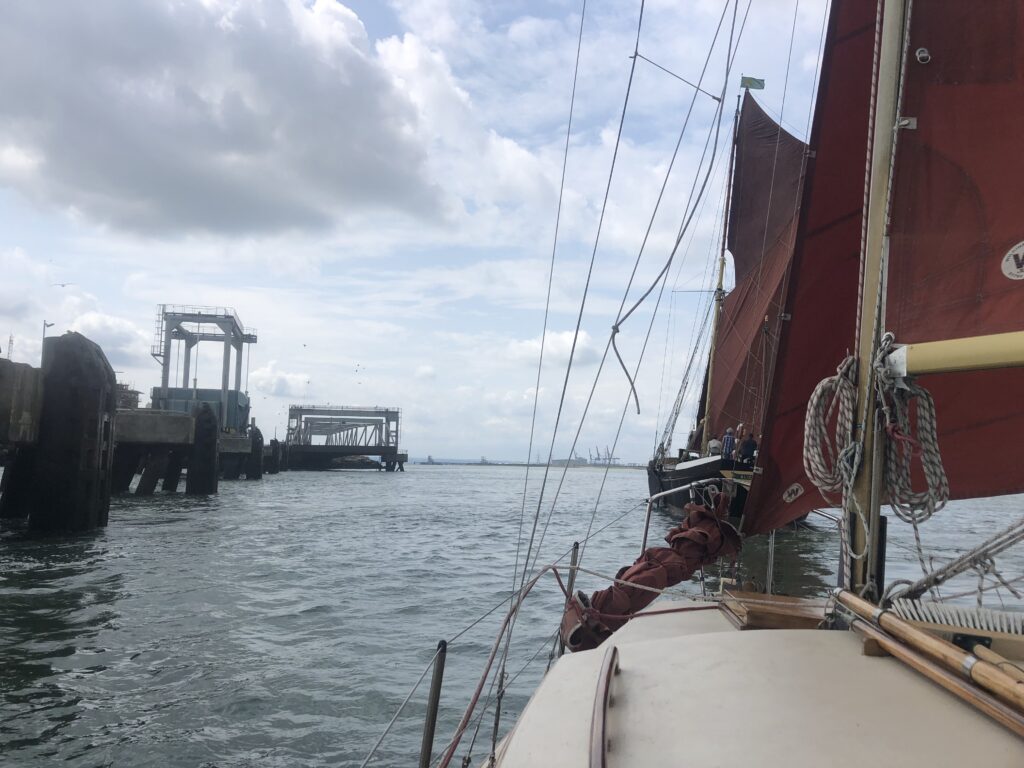
On the upper River Medway above Allington Lock the river is operated by the Medway Conservancy and private leisure craft are charged.
Expanding on what previously stated, although there is currently no conservancy fee for the Lower Thames, there was a charge made to the yacht club on Canvey Island I once belonged to for forty years, for moorings.
The PLA levied a charge of approximately £110 for each mooring laid in the river or on the foreshore. Aligning with that club with drying moorings are levied also. The club I once belonged was charged a hefty amount for the club’s moorings and it equated to a similar amount per vessel.
The upper Thames beyond the Port of London Authority limit to Teddington Lock and beyond is run by an authority and a fee is levied.
Both these southern conservancies (although the Thames runs from the mid-west) charge by a vessel’s waterplane area – as does the Broads Authority, I believe.
This is all very interesting and it is something not often talked about: people just pay, mutter into a foaming pint or a fizzing gin, grin and bear it…

Around the Thames estuary there is one river that does charge and that is on the River Crouch which is run by the Crouch Harbour Authority.
See:
Visitors to the Crouch Harbour Authority area do face charges, although I myself have never been charged…
See here: ‘ Visiting Vessels (Only applies to vessels coming in from seaward)
All visiting leisure vessels are entitled to one visit in any Dues year of up to 14 consecutive days free of charge before being charged for Harbour Dues. If you are remaining in the river for longer than 14 consecutive days and do not intend to remain permanently, Short Visit Dues will apply. Please see charges below.’
| Short Visit Dues | ||
|---|---|---|
| Vessel Length | ||
| Feet | Metres | Dues |
| 8.00 – 15.50 | 2.44 – 4.73 | £9.00 |
| 15.51 – 21.50 | 4.74 – 6.55 | £11.25 |
| 21.51 – 26.50 | 6.56 – 8.07 | £14.00 |
| 26.51 – 32.50 | 8.08 – 9.90 | £17.45 |
| 32.51 + | 9.91 + | £21.95 |
These are the 2025 rates recently published.
Don’t stay around for more than two weeks…
So, for the Rivers, Blackwater, Colne, Stour, Orwell, Ore and Alde, this is something we currently are not saddled with, but for how long?

Back to the beginning of this post: googling the various rivers, it was clear that the issue is hot for the key words ‘Conservancy and fees’ brings up Clyde Ports…
Clearly, there can be no real gripe about being levied a charge within an area where efficient buoyage is laid and maintained by an authority. The entrance to the wider River Blackwater has been well buoyed by the West Mersea group of clubs and businesses – those yellow buoys with a black flags, local sailors know so well.
I have always assumed that Maldon District Council pays for the upkeep of buoyage in the upper reaches of the River Blackwater, from Thirslet Spit inbound. Whether or not this is spread over mooring charges, or licences, I do not know.
I will try to find out…
30 Jan 25.
Well, from owner of Blackwater Marina, the PLA pays for upkeep of buoyage to Colne Bar and Bench Head, the navigation marks to Maldon are maintained by Blackwater Conservancy (Maldon District Authority in effect). I got the impression that this could change…





